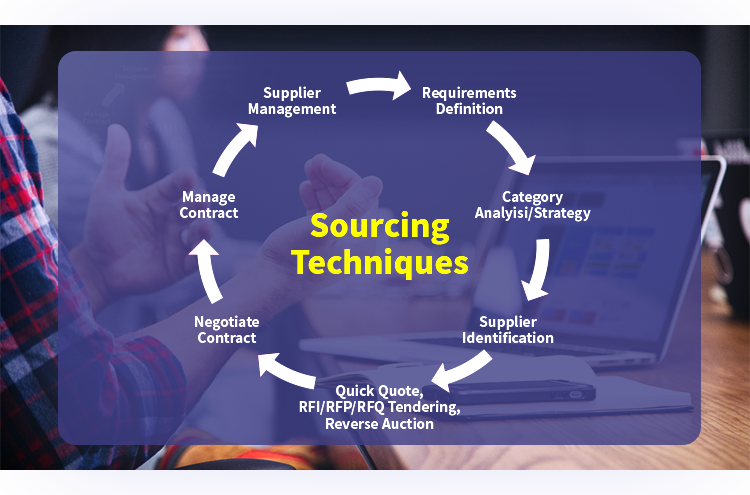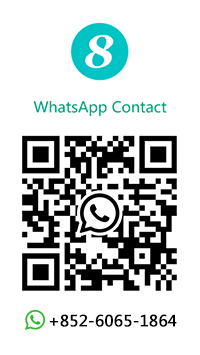
- Sourcing

SRM Sourcing process includes every activity that revolves around identifying and assessing potential suppliers as well as selecting and engaging with an appropriate supplier who offers the best value. At the end of the SRM Sourcing process, usually an agreement is reached between your organization and your selected supplier on what is to be procured.
You, based on the type of goods and services that your organization intends to acquire, can decide to use Quick Quote, e-Tender or Reverse e-Auction in SRM to achieve your purpose. Quick Quote allows you to obtain multiple rounds of price information from a number of potential suppliers for your filtering purpose. e-Tender allows you to do Request For Information (RFI), Request For Proposal (RFP) or Request For Quote (RFQ) in a controlled manner. Reverse e-Auction allows you to drive down prices. Reverse e-Auctions are ideally suited for purchases of raw materials, processed goods, travel, printing services, capital equipment, components, and many other items. Reverse e-Auctions work best when the price is a key point of negotiation for your organization.








